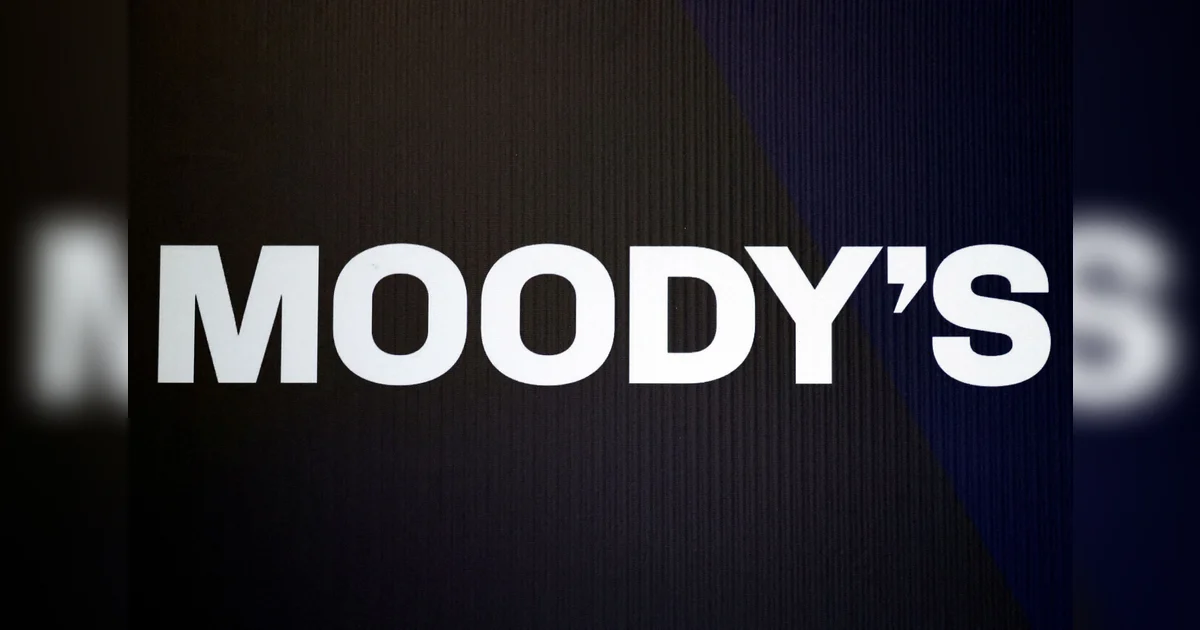Moody’s Upgrade of Pakistan’s Credit Rating
Moody’s said on Wednesday that Pakistan’s credit rating had increased to a "stable" outlook due to an improved external financial situation. This development comes after the country’s finance minister, announced that the central bank has more space for reducing the key interest rate of 11% compared to positive economic indicators.
Economic Indicators and Policy
The improvement in creditworthiness is a sign that economic policy is in the right direction, according to the Prime Minister. Pakistan’s international bonds rose by 1 cent to 90 and 100 cents in the dollar after the rating upgrade. Most of them have grown to the highest since the beginning of 2022 when fears of a full-grown debt crisis sent them to just 30 cents.
Impact of the Rating Upgrade
Moody’s decision to increase the rating by a notch, following similar moves by Fitch and SP, will help Pakistan to increase external debt. The country says its economy is on a recovery path after a $7 billion rescue package contributed to stabilizing it. The upgrade to CAA1 reflects the improvement of Pakistan’s external position, which is supported by its progress in implementing reforms under the IMF Extended Fund Facility.
Current Economic Situation
The difficulty of the Pakistanians has improved, but is still one of the weakest among the evaluated sovereigns. The finance minister said a meeting of business people in Islamabad before the Moody’s announcement that he was expecting an improvement in Pakistan’s rating by other agencies after Fitch and SP. He added that it was his personal view that there was more space for a rate cut by the end of the year.
Interest Rate and Inflation
The central bank made the final call on this topic, with the next announcement of the guideline interest due on September 15th. The central bank left its key interest rate on July 30th at 11%, which was in line with analyst expectations. In a survey, they predicted a reduction of 50 to 100 basis points. The bank said that inflation prospects had deteriorated due to increasing energy prices. Inflation accelerated to 4.1% compared to the previous year in July.

